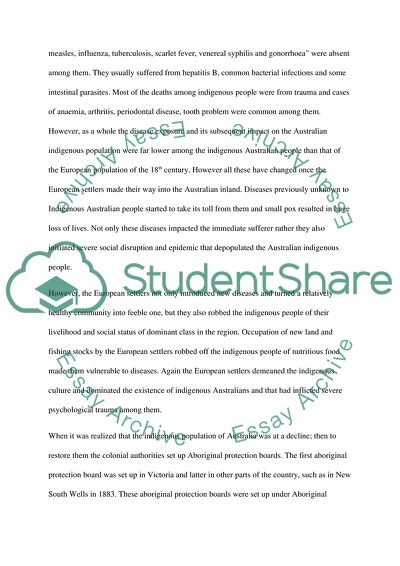Cite this document
(The Health of the Indigenous Populations in Australia Essay, n.d.)
The Health of the Indigenous Populations in Australia Essay. https://studentshare.org/health-sciences-medicine/1825787-the-status-of-indeginous-health-in-contemporary-australia
The Health of the Indigenous Populations in Australia Essay. https://studentshare.org/health-sciences-medicine/1825787-the-status-of-indeginous-health-in-contemporary-australia
(The Health of the Indigenous Populations in Australia Essay)
The Health of the Indigenous Populations in Australia Essay. https://studentshare.org/health-sciences-medicine/1825787-the-status-of-indeginous-health-in-contemporary-australia.
The Health of the Indigenous Populations in Australia Essay. https://studentshare.org/health-sciences-medicine/1825787-the-status-of-indeginous-health-in-contemporary-australia.
“The Health of the Indigenous Populations in Australia Essay”. https://studentshare.org/health-sciences-medicine/1825787-the-status-of-indeginous-health-in-contemporary-australia.


